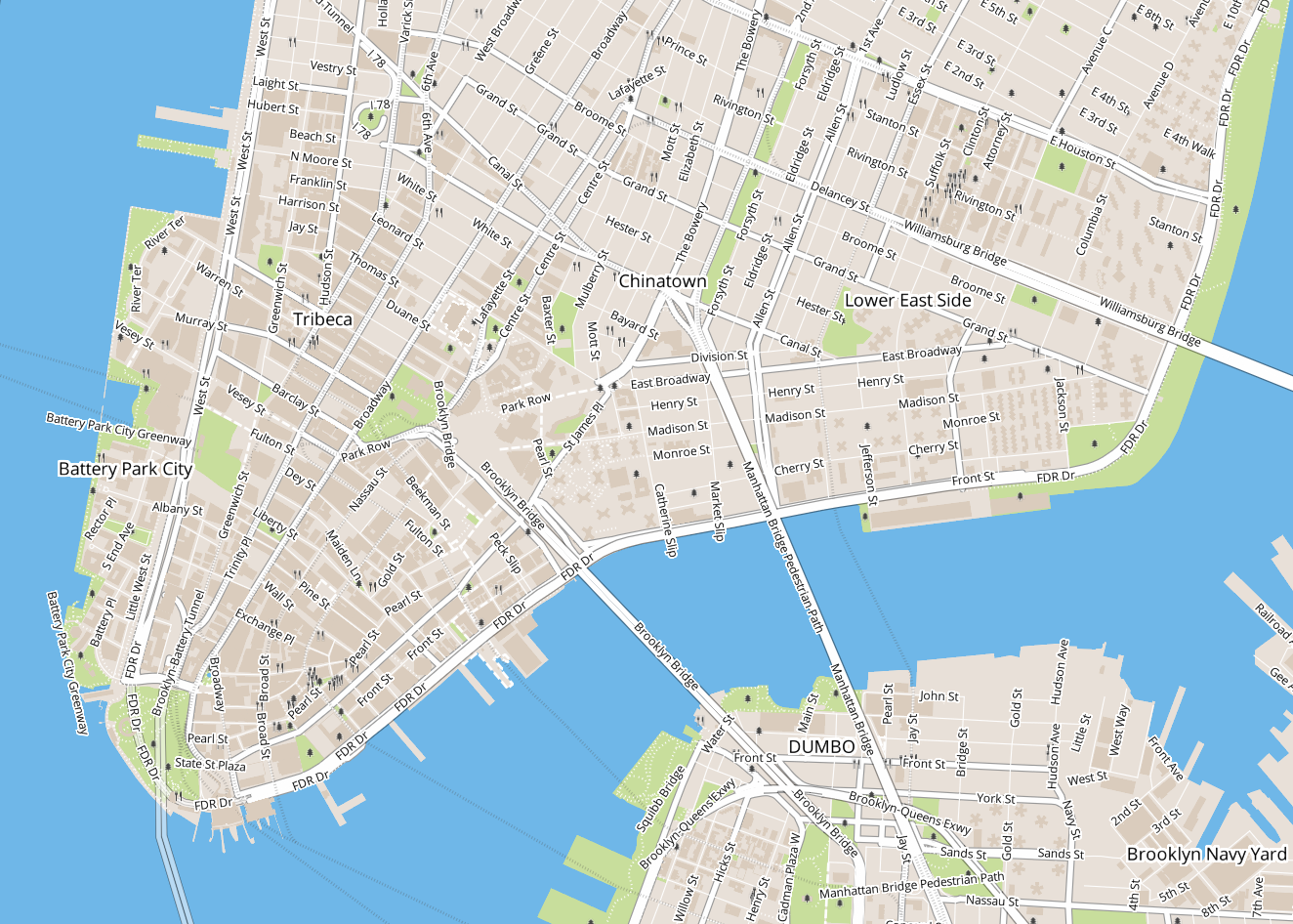- [ ] currently, labels are only placed to the right hand side; code up a way to try out alternative label positions
- [ ] figure out what to do when the user zooms the tile so that it's smaller than the initially labels places
- [ ] handle tile bounding boxes correctly; use other tile's tree to do collission detection
- [ ] for label placement on short broken segments of streets (e.g. in a street grid), we'd have to recombine all segments of a street before placing labels so that we get a large enough straight line (this is something we could use for mapnik too!) recombination could be done on a vector tile level by joining all lines that shared the same name and have at least one vertex in common
- [ ] label placement for rotated rects, e.g. for street names:
- find an algorithm that extracts all parts of streets that are straight enough to have labels at the top zoom level, or at lower zoom levels
- do collision detect with rotated rects
- could be easier if we do collision detection with every (non-rotated) glyph bbox rather than one bbox, even for glyphs that are rotated (like mapnik)



